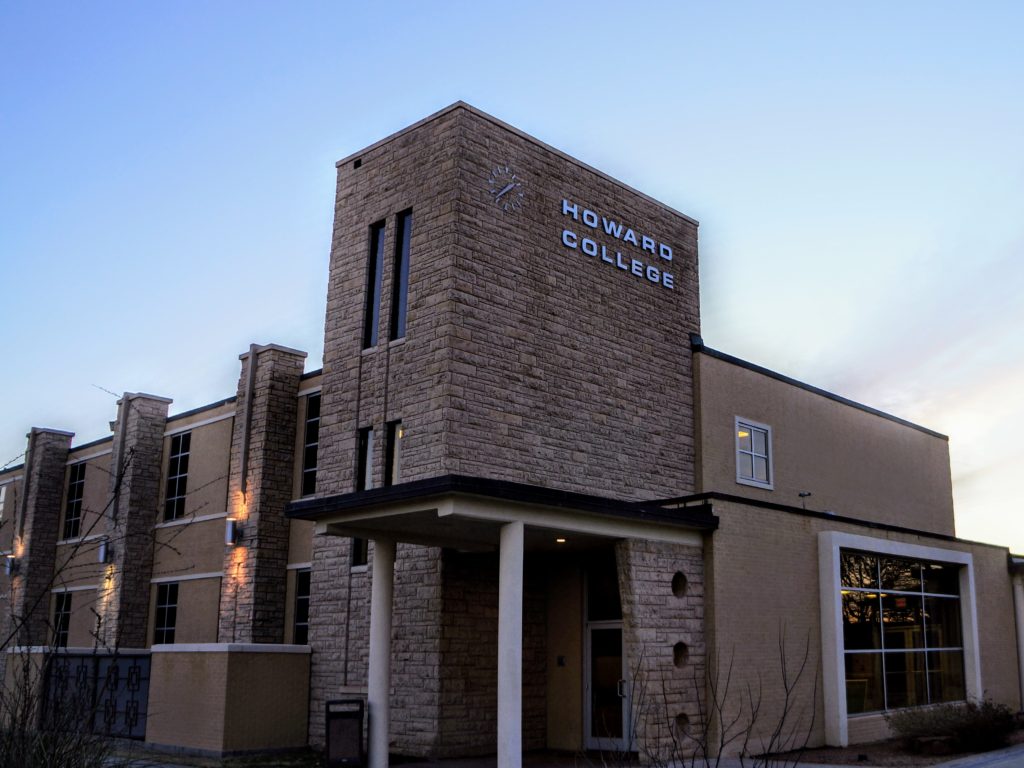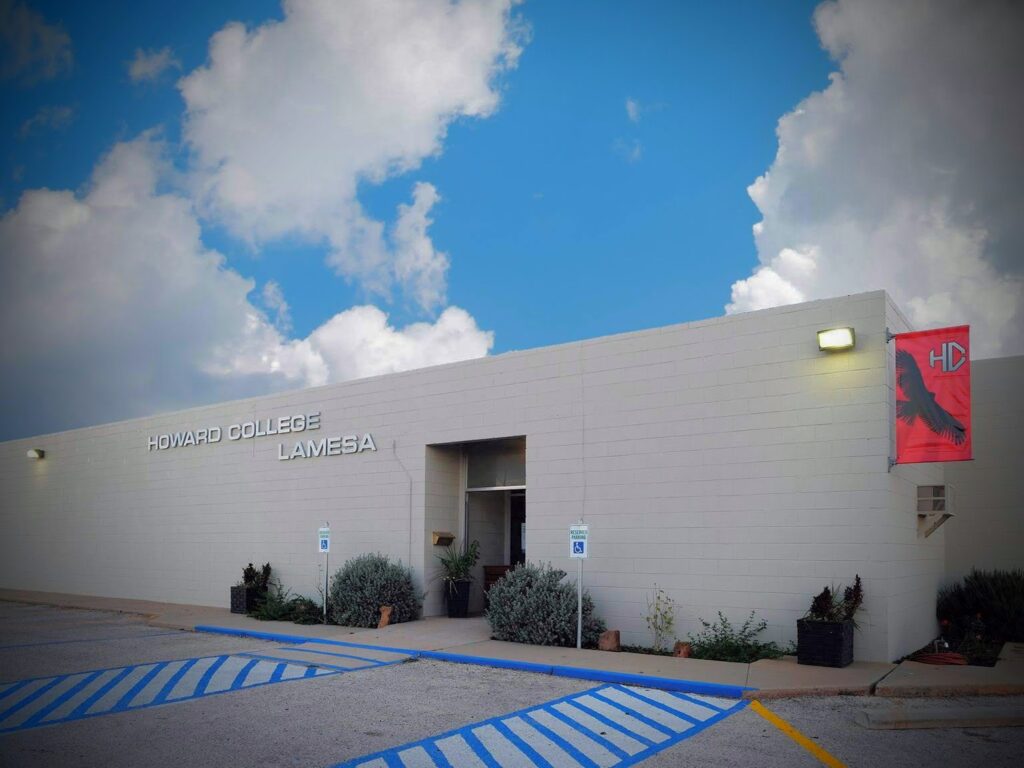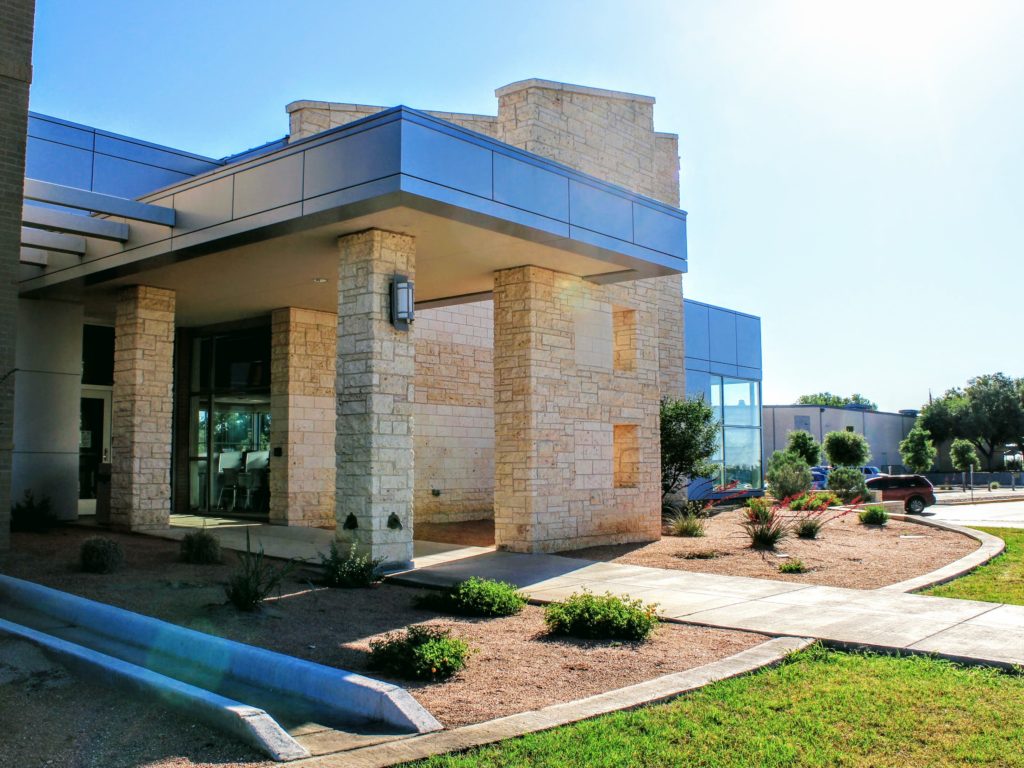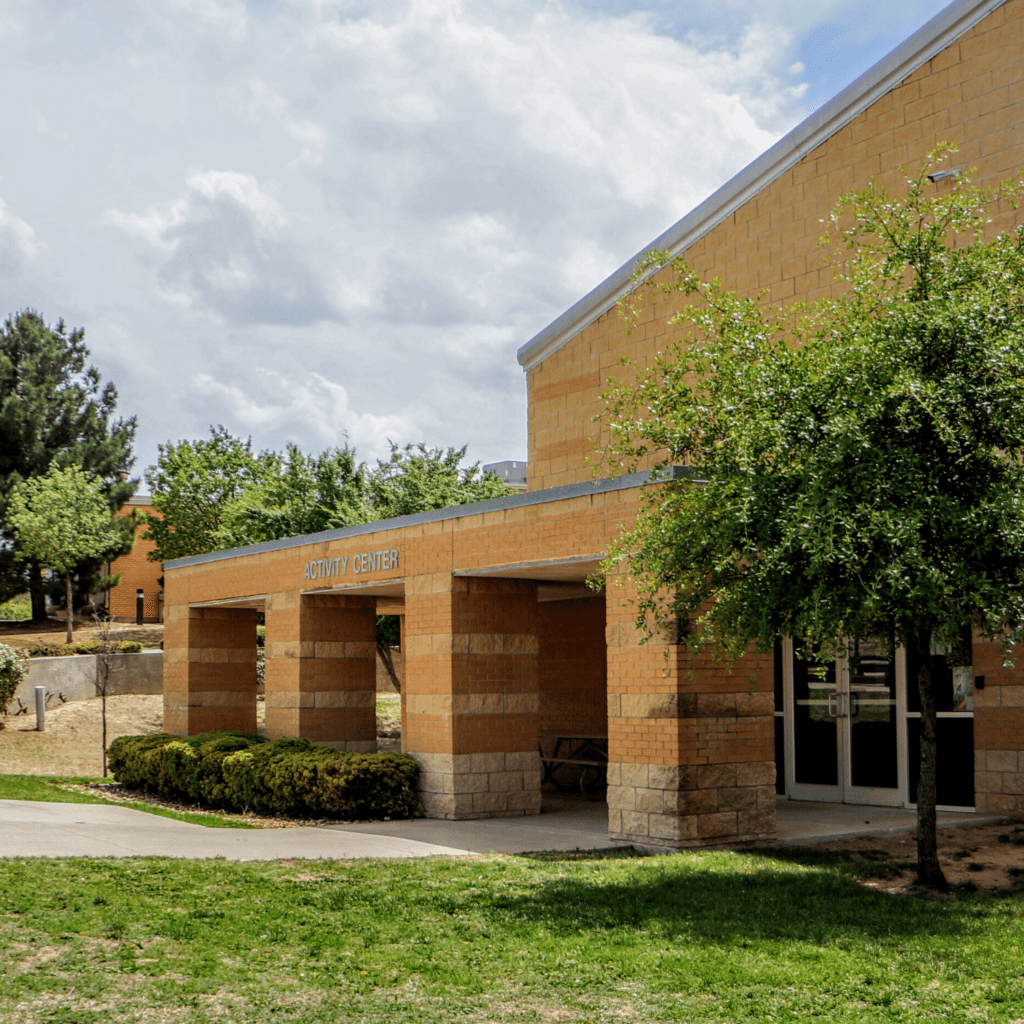San Angelo - EMS Program
The EMS-Paramedic Program is a fast-paced, condensed program that covers 38 credit hours in less than 12 months. Once accepted into the program, students attend class 40 hours per week. Once completed, graduates are able to take the national exams and work in a variety of areas.
Resources
(Click Health Professions to do Background check & Drug Screen)
The Paramedic must be a confident leader who can accept the challenge and high degree of responsibility entailed in the position. The Paramedic must have excellent judgment and be able to prioritize decisions and act quickly in the best interest of the patient, must be self-disciplined, able to develop patient rapport, interview hostile patients, maintain a safe distance, and recognize and utilize communication unique to diverse multicultural groups and ages within those groups. Must be able to function independently at an optimum level in a non-structured environment that is constantly changing.
The Paramedic must be able to deal with adverse and often dangerous situations which include responding to calls in districts known to have high crime and mortality rates. Self-confidence is critical, as is a desire to work with people, solid emotional stability, a tolerance for high stress, and the ability to meet the physical, intellectual, and cognitive requirements demanded by this position.
Physical Demands
Aptitudes required for work of this nature are good physical stamina, endurance, and body condition that would not be adversely affected by frequently having to walk, stand, lift, carry, and balance at times, in excess of 125 pounds. Motor coordination is necessary because, over uneven terrain, the patient’s, the Paramedic’s and other worker’s well-being must not be jeopardized.
The EMS-Paramedic Program is a fast-paced, condensed program that covers 38 credit hours in less than 12 months. Once accepted into the program, students attend class 40 hours per week. Once completed, graduates are able to take the national exams and work in a variety of areas.
Job opportunities include working with:
- Private ambulance services
- Fire departments
- Police departments
- Emergency 911 services
- Hospitals
ACCREDITATION
The Howard College Emergency Medical Services Program is accredited by the Commission on Accreditation of Allied Health Education Programs (www.caahep.org) upon recommendation of the Committee on Accreditation of Education Programs for Emergency Medical Services (CoAEMSP) and is certified by the Bureau of Emergency Management, a division of the Texas Department of State Health Services (DSHS). Certification levels consist of Emergency Medical Technician (EMT) certification and Paramedic certification. A student may stop at any one certification level or continue through each level to the next. The Texas Paramedic now has the opportunity to become a Licensed Paramedic rather than a Certified Paramedic if he or she has an Associate Degree in EMS or higher degree.
MISSION STATEMENT |
The purpose of the EMS Paramedic Program at Howard College, an integral part of the Health Professions Division, is to provide for the education of students and provide learning opportunities that are innovative and educationally sound. We serve a 13-county area ranging from Lamesa to Junction. The program and the college are committed to personal development of each student so that he or she will be able to serve the community as a competent paramedic.
PROGRAM GOALS |
The Howard College EMS Program’s goal is to “prepare competent entry-level Paramedics in the cognitive (knowledge), psychomotor (skills), and affective (behavior) learning domains,” with or without exit points at the Advanced Emergency Medical Technician (AEMT), and/or Emergency Medical Technician (EMT), and/or Emergency Medical Responder (EMR) levels.
APPLICATION PROCESS |
All students should attend a Health Professions Orientation as the first step in the application process. The initial meeting will determine applicant options and set a time line for completing acceptance requirements. The EMT program does not begin at the same time each year and there are no set applications deadline dates like the other programs. Students interested in applying to the paramedic program need to submit application by the due date established by the program chair. All applicants must have fulfilled admissions criteria by application submission date.
ADMISSION CRITERIA |
- Applicant must attend a Howard College Health Professions Orientation.
- A physical examination (must be completed after acceptance into program and prior to first day of class—form will be provided).
- Applicant must provide proof of immunizations required by the Texas Health Department, Rule 97.64. Additional immunizations may be required by some clinical facilities.
- Successful clearance of criminal background investigation through the approved Howard College vendor must be provided.
- An application to the Emergency Medical Services program must be submitted to the program chair by the established due date.
- Proof of emergency medical technician or advanced emergency medical technician certification (For paramedic program applicants only).
- Number of students admitted is determined by available class and clinical slots.
CURRICULUM |
For full curriculum information, please consult the current Howard College Catalog
PROGRAM EFFECTIVENESS DATA 2019 – 2024 |
| 2024 | 2023 | 2022 | 2021 | 2020 | 2019 | |
| NREMT Skill Pass Rate | 100% | 66% | 100% | 100% | 100% | 100% |
| NREMT Cognitive Test Pass Rate | 85% | 66% | 100% | 94.4% | 83% | 87% |
| Program Retention | 100% | 75% | 90% | 90% | 100% | 88% |
| Positive Job Placement | 100% | 100% | 100% | 100% | 83% | 100% |
For questions or additional information regarding this program, please contact the Program Chair.
Martha Alvarez
District Program Chair & VN Health Professions Division Director/VN Program Chair
325-481-8371, ext. 3425
malvarez@howardcollege.edu
Kelli Rowe
Health Professions Assistant
325-481-8371, ext. 3435
krowe@howardcollege.edu




